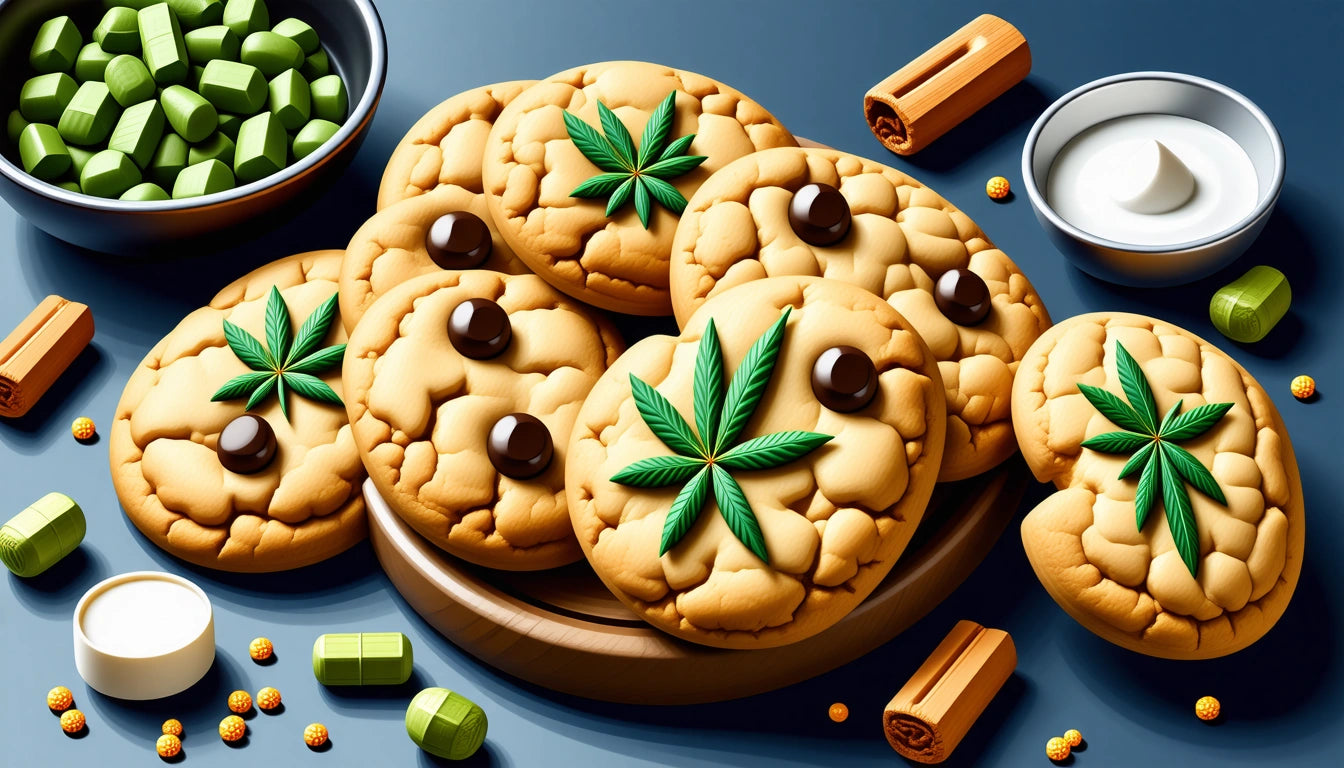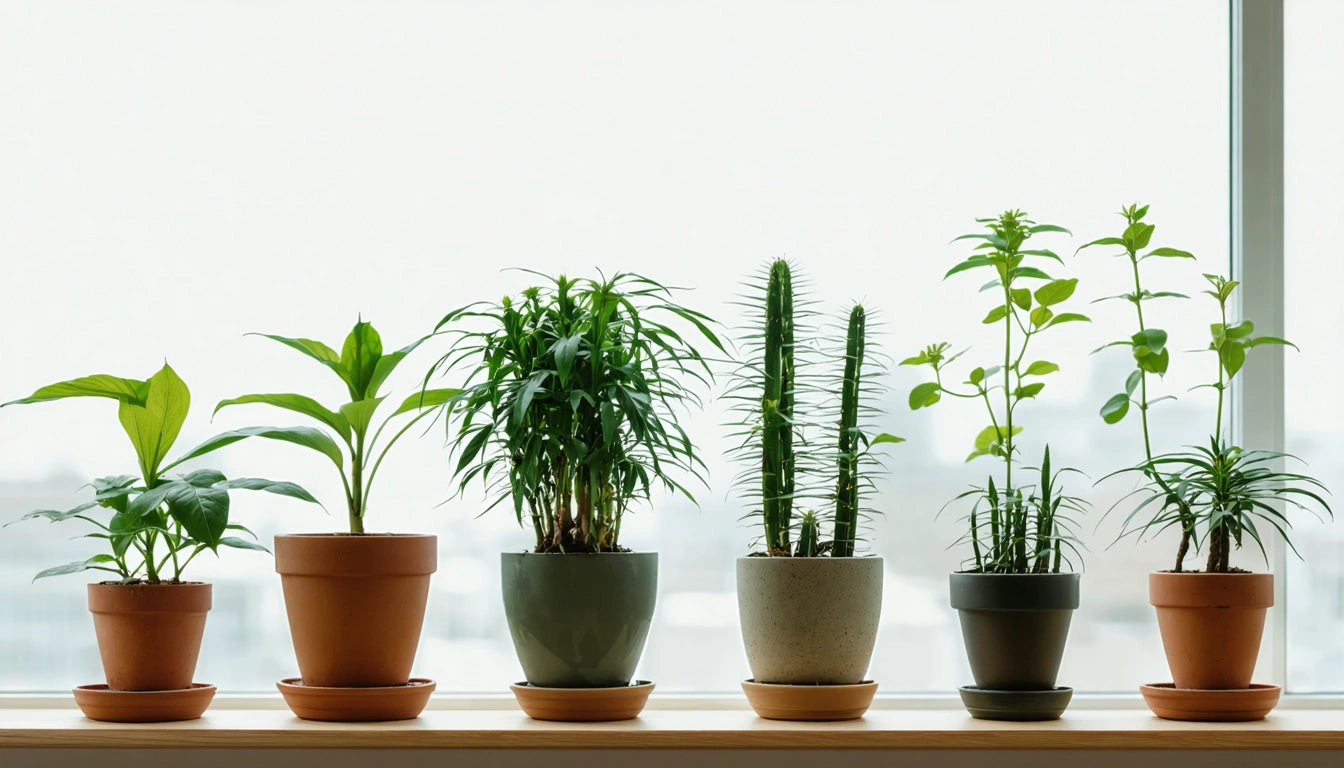Table of Contents
How to Make THC-Infused Butter: A Step-by-Step Guide
Creating your own THC-infused butter opens up a world of culinary possibilities for cannabis enthusiasts. Whether you're looking to make edibles for recreational enjoyment or seeking alternative consumption methods for therapeutic benefits, learning how to make THC butter is a valuable skill. This comprehensive guide walks you through the entire process, from selecting your cannabis to storing the finished product.
Understanding THC Butter Basics
THC butter, also known as cannabutter, is a versatile cannabis-infused product that serves as the foundation for countless edible recipes. The process works because cannabinoids like THC are fat-soluble, meaning they bind effectively to the fats in butter. This allows for efficient extraction and creates a product that can be easily incorporated into various recipes.
As outlined in our complete guide to pot butter, the quality of your starting materials significantly impacts the final product. Using high-quality cannabis and proper techniques ensures a more potent and consistent result.
Ingredients and Equipment Needed
To make THC-infused butter, you'll need:
- 1 cup (8 oz) of unsalted butter
- 7-14 grams of ground cannabis flower or 14-28 grams of trim
- 1 cup of water
- Cheesecloth or fine mesh strainer
- Thermometer (optional but recommended)
- Grinder
- Baking sheet and parchment paper
- Saucepan, slow cooker, or double-boiler
- Storage container
Using trim instead of flower is a cost-effective alternative when learning how to make THC butter with trim. While trim contains less THC than flower, you can compensate by using a larger quantity, as detailed in our guide on making cannabis-infused butter using shake.
Decarboxylation Process
Before infusion, cannabis must undergo decarboxylation, a process that activates the THC. Raw cannabis contains THCA, which must be converted to THC through heat to produce psychoactive effects.
To decarboxylate:
- Preheat your oven to 240 °F (115 °C).
- Break up cannabis buds into smaller pieces.
- Spread evenly on a parchment-lined baking sheet.
- Bake for 30-40 minutes, stirring halfway through.
- The cannabis should turn light to medium brown and feel dry to the touch.
Proper decarboxylation is crucial for potency. To maintain optimal freshness during this process and subsequent storage, consider using humidity control packs to preserve terpenes and prevent your cannabis from becoming too dry or too moist.
Step-by-Step Infusion Methods
Stovetop Method
The stovetop method is straightforward and requires minimal equipment:
- Melt butter with 1 cup of water in a saucepan over low heat.
- Add decarboxylated cannabis once butter is fully melted.
- Simmer on low heat (160-180 °F) for 2-3 hours, stirring occasionally.
- Never allow the mixture to boil, as temperatures above 200 °F can degrade THC.
For a more detailed breakdown of this method, refer to our comprehensive guide on making potent weed-infused butter.
Slow Cooker Method
The slow cooker method offers more consistent temperature control:
- Set slow cooker to low (160-180 °F).
- Add butter, water, and decarboxylated cannabis.
- Cover and let simmer for 4-6 hours, stirring occasionally.
- Check temperature periodically to ensure it stays below 200 °F.
This method is ideal for those wondering how to infuse butter with minimal monitoring, as it maintains a steady temperature with less risk of burning.
Straining and Storage
Once infusion is complete:
- Place cheesecloth over a bowl and secure with rubber bands or string.
- Slowly pour the butter-cannabis mixture through the cheesecloth.
- Allow to drain naturally without squeezing (squeezing can push unwanted plant material through).
- Refrigerate the strained liquid until the butter solidifies and separates from the water.
- Remove the solid butter layer and discard the water beneath.
Store your THC butter in an airtight container in the refrigerator for up to two weeks or freeze for up to six months. Proper storage preserves potency and prevents spoilage.
Potency Tips and Dosage Guidelines
The potency of your THC butter depends on several factors:
- THC content of your starting material
- Decarboxylation efficiency
- Infusion time and temperature
- Butter-to-cannabis ratio
For those learning how do you make THC butter with controlled potency, consider these tips:
- Start with a lower cannabis-to-butter ratio for milder effects.
- Use a 1:1 ratio of butter to water to prevent burning.
- Longer infusion times (up to a point) generally yield higher potency.
- Always start with small doses when consuming, especially for homemade products where potency can vary.
For more information on creating precisely dosed edibles, check out our comprehensive guide to making THC-infused edibles.
Troubleshooting and Best Practices
Common issues when making THC-infused butter include:
- Burning: Always use low heat and add water to prevent scorching.
- Weak potency: Ensure proper decarboxylation and sufficient infusion time.
- Strong grassy taste: Water curing cannabis before decarboxylation can reduce chlorophyll content and improve flavor.
- Uneven dosing: Mix thoroughly before using in recipes to distribute cannabinoids evenly.
As described in our comprehensive guide to cannabis-infused butter, maintaining precise temperature control throughout the process is crucial for maximizing extraction while preserving terpenes and cannabinoids.
Recipes and Applications for THC Butter
Once you've mastered how to make THC-infused butter, the culinary possibilities are extensive. Beyond the classic brownies, consider:
- Pasta dishes with THC-infused garlic butter sauce
- Compound butters for steaks or vegetables
- Buttercream frosting for cakes and cupcakes
- Infused breakfast items like pancakes or toast
For inspiration and detailed recipes, explore our guide on making and using cannabis butter for perfect pot brownies.
Remember that homemade THC butter allows you to control ingredients, potency, and flavor profiles. With practice, you'll develop a signature infusion that suits your preferences and desired effects. Whether using premium flower or trim, the fundamentals of decarboxylation, infusion, and proper storage remain the keys to successful THC butter production.











Leave a comment
All comments are moderated before being published.
This site is protected by hCaptcha and the hCaptcha Privacy Policy and Terms of Service apply.